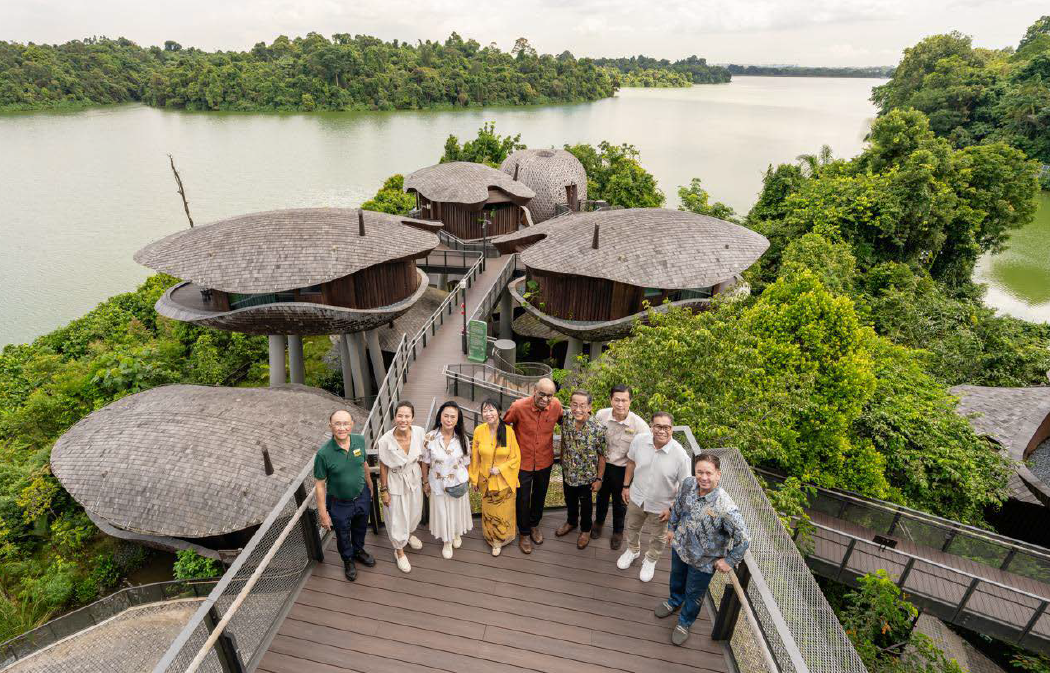Eleuterio Fernandes, VP Sales EMEA at Exterity, a provider of IP video and digital signage technology, talks about the prevalent digital age in India and why an investment in technology is essential for the survival of hospitality players in the country.
In recent years, India has become one of the world’s fastest growing tourist destinations. From the sun-drenched beaches of Goa to 37 UNESCO World Heritage sites including the Taj Mahal and the Mahabodhi Temple, the number of tourists to India has swelled. Over the last decade, annual overseas visitors have doubled to 10 million, making it a hot bed for the international hospitality industry.
India is also experiencing an in-country tourism boom as a growing middle class starts to explore its homeland. According to the India Brand Equity Foundation (IBEF), a government research agency, domestic expenditure on tourism reached $200 billion in 2017 and is expected to exceed $400 billion by 2028.
A large percentage of the spending from both domestic and foreign tourists will be absorbed by hoteliers. According to data from analyst firms Statistica and HVS, there are 113,600 rooms in branded hotels across India with an occupancy rate of between 60-80 per cent depending on location – with cities like New Delhi and Mumbai at the higher range. As tourism in India continues to grow, the local hotelier market will become more competitive. One of the ways forward-thinking hoteliers can get ahead of their rivals is by creating a better-than-home guest experience, which includes a hotel’s in-room entertainment offering, such as free and pay-TV plus access to higher-value additional sales opportunities to deliver a better guest experience and more profitability. These additional features can include promotion for treatments in the spa, access to special classes in the gym, or tours organised by the hotel.
This concept of enhanced in-room entertainment is highlighted by the ‘2016 In-Room Entertainment Preference Study’, conducted by The Consultancy at Pointer’s Ridge. The survey found that searchable, Interactive Program Guides (IPG), Over the Top (OTT) services (Netflix, Amazon Prime Video, Hulu, etc.), screencasting, group messaging, and the ability to pause live TV topped the list of in-room entertainment services.
By deploying more interactive video services and enabling guests to access complementary options directly via the TV screen itself, hoteliers can ensure they are able to meet this demand. This driver is particularly relevant for the 57.4 per cent of guests that connect their own devices to the in-room TV – a crucial feature for millennials, who made up 62 per cent of the bring-your-own-device community evaluated in the survey.
Upgrading the experience
The investment in more engaging in-room experiences has been most pronounced within higher-end hotels on a global scale. The Saxon Hotel, Villas and Spa in Johannesburg is a perfect example of this – consistently voted the world’s leading boutique hotel every year since 2001, the hotel has invested in impeccable quality and services at every level. As part of its commitment to offering high-end modern services, The Saxon recently deployed cutting-edge IPTV technology, which enables guests to enjoy live TV and VoD entertainment in their room, as well as live TV throughout the public areas of the hotel.
Closer to home, The Okada Manila Resort employs a similar system to distribute casino promotions and jackpot information on each of the 3000 electronic gaming machines and the 204 installed screens on the casino floor and in public spaces. The system ensures guests have access to relevant content, branding, wayfinding, and messaging on the right machine and screen, and uses a centrally managed platform to better co-ordinate pre-scheduled elements to offer a smooth experience for travellers.
While the benefits of the solution are obvious for casinos and high-end hotels in idyllic locations, even hoteliers facing unpredictable weather conditions can find ways to use this system. Whether during the rainy season or deep snow falls, hoteliers can promote movies and in-room services via the video and signage system to capitalise on bad weather or when food and beverage areas are unavailable. This ensures guests remain informed and entertained wherever they are in the hotel.
It is important at this point to note that adoption of IPTV technologies in the Indian hospitality market has typically been slow due to infrastructure, connectivity, and regulation challenges. Today, live TV content has to be delivered via local operators who provide their own decoders. For hospitality organisations, this adds a significant level of complexity – instead of being able to go through a single provider solving all the technical challenges, they have to select each live news, sports, entertainment, music and children’s TV channel they want to offer, both local and international. This greatly impacts both the cost of implementing live TV in hotels and the technical deployment thereof. This contrasts greatly with other parts of Asia, where a single provider can easily aggregate multiple channels into a single box, streamlining the distribution of live TV content and enabling hoteliers to focus on providing additional services such as check-in, spa treatments and menus, which can all be accessed via the TV screen.
As better infrastructure becomes available, it will become easier for hoteliers to employ IP-based technologies to offer guests access to VoD content that appeals to domestic and international travellers, such as local services like Voot and ALT Balaji, along with newer international rivals such as Netflix and Amazon Prime Video.
The Indian tourism industry is on the verge of entering a golden age, making it a hugely exciting time for hoteliers in the region. The Indian government is already investing heavily to improve technological infrastructure and increase broadband speeds, which will help pave the way for more widespread usage of IP video technologies within hotels, empowering hoteliers to offer guests an authentically Indian better-than-home experience that will complement the outstanding experience travellers benefit from today.
(Views expressed above are the author’s personal views. The publication may or may not subscribe to the same.)









